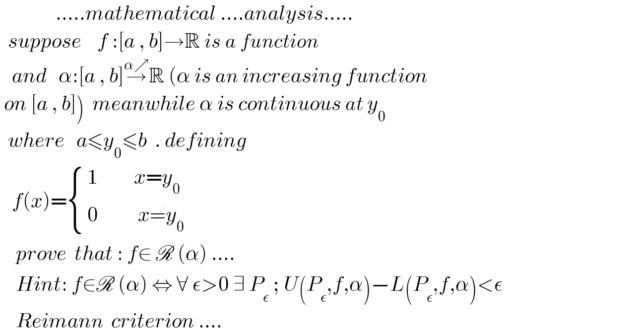Mathematical analysis involves the study of functions and their properties, with a key concept being the limit of a function. Understanding the limit of a function is essential in calculus and other branches of mathematics as it allows us to examine the behavior of a function as it approaches a certain value.
By investigating the limit of a function at a specific point, mathematicians can uncover important insights into the functions behavior and characteristics. In this article, we will delve into the intricacies of understanding the limit of a function in mathematical analysis and explore its significance in various mathematical contexts.
Introduction to the Limit of a Function
 The limit of a function is a fundamental concept in mathematical analysis that plays a crucial role in understanding the behavior of functions as their inputs approach a certain value.
The limit of a function is a fundamental concept in mathematical analysis that plays a crucial role in understanding the behavior of functions as their inputs approach a certain value.
The concept of a limit allows us to investigate the behavior of functions near a specific point, revealing important information about how the function behaves as it approaches that point. By studying the limit of a function, we can determine if a function approaches a particular value as its input gets closer to a given point, or if it diverges to infinity or negative infinity.
Understanding the limit of a function is essential for analyzing functions in calculus and other areas of mathematics, providing insights into the continuity, differentiability, and overall behavior of functions.
Basic Definition and Notation of Limits
 In mathematical analysis, the concept of limits plays a fundamental role in understanding the behavior of functions.
In mathematical analysis, the concept of limits plays a fundamental role in understanding the behavior of functions.
The limit of a function is defined as the value that the function approaches as the input variable gets closer and closer to a specified value. Notation for limits typically involves the use of symbols such as lim, x approaching a, and f(x) to represent the limit of the function f(x) as x approaches the value a. Limits are used to determine the behavior of functions at specific points, as well as to analyze the properties and continuity of functions in calculus.
Understanding the basic definition and notation of limits is essential for mastering the principles of mathematical analysis and calculus.
Properties of Limits
 The properties of limits play a fundamental role in understanding the behavior of functions in mathematical analysis.
The properties of limits play a fundamental role in understanding the behavior of functions in mathematical analysis.
By exploring how functions approach specific values or approach infinity, mathematicians can gain valuable insights into the nature of functions and their behavior. Some key properties of limits include the existence of limits, the uniqueness of limits, and the limit laws which govern the behavior of functions as they approach specific values.
Understanding these properties can help mathematicians make more accurate predictions about the behavior of functions and deepen their understanding of mathematical concepts.
Conclusion
In conclusion, understanding the limit of a function in mathematical analysis is essential for grasping the behavior of functions as they approach specific values. By studying limits, we gain valuable insights into the behavior of functions near certain points, allowing us to make informed decisions about their properties and characteristics.
To deepen our understanding of limits, practicing exercises on notable limits can be a helpful tool in honing our skills and developing a strong foundation in mathematical analysis. Overall, mastering the concept of limits is crucial for tackling more advanced mathematical topics and applications.




